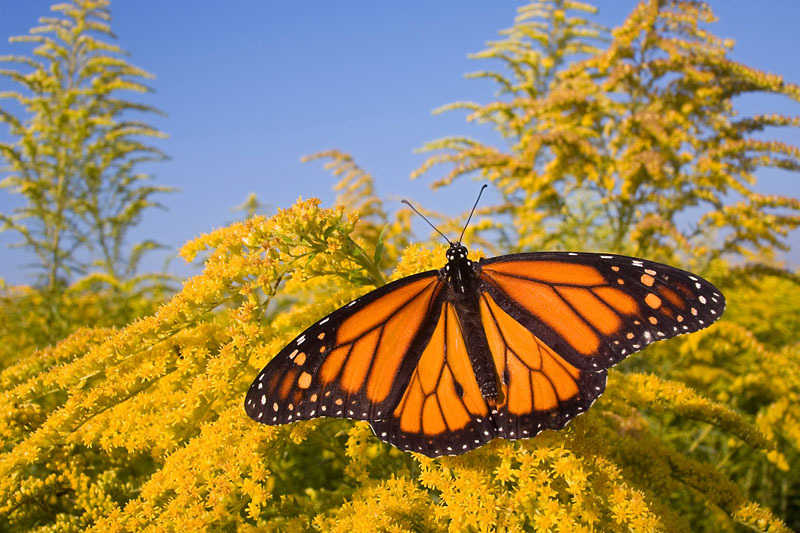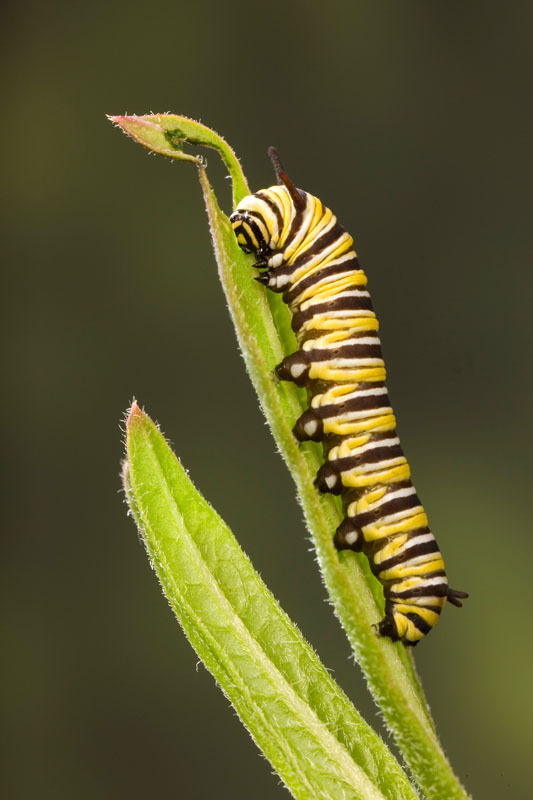Are you a green thumb? The monarchs need your help!
This is part of a blog series celebrating WWF’s Monarch Butterfly Week, May 5-9.
The milkweed plant is one of the main sources of food for the monarch butterfly. The plant is where female butterflies will lay their eggs, so that when they hatch the caterpillar will eat the leaves and slowly grow in size. What is interesting about the milkweed is that it is a poisonous plant to many animals, but not the monarch. As the caterpillars grow, they are filling themselves with milkweed poison, which remains in their bodies forever. Scientists believe that the monarchs’ orange and black wings alerts predators that monarchs taste are poisonous.
Recently, the common milkweed has declined considerably in Canada and the U.S. The primary cause for this loss is the use of herbicides that farmers, mainly for corn and soya crops, use to kill the plant. However, common milkweed grows quite easily and rapidly in both farm fields and backyards, thus it is very easy to restore if areas are not cultivated or sprayed.
The milkweed plant is a native species that has weedy and fast breeding characteristics, therefore some people might be opposed to growing weeds since they are seen as invasive and harmful to some crop production or pasture. However, because the milkweed is native, it is not harmful to our natural systems like exotic species. It is actually very easy to control and pull out if spotted in your backyard, so try leaving an area to wildflowers and if common milkweed arrives, then you might see some monarch butterflies once the weather starts getting nicer!
There is also another type of milkweed known as the butterfly milkweed, which is found in sand dunes and prairies and is not weedy like the common milkweed.
Go to your local gardening store and find out more about the types of milkweed seed they carry and start planting. Soon you’ll have your very own monarch garden and helping the species thrive in Canada!
Learn more about these amazing species at wwf.ca/monarchbutterfly. You can support WWF’s critical monarch conservation work in Mexico by making a $50 virtual gift today! You contribution will be matched by an anonymous donor in Mexico to help make double the impact.



